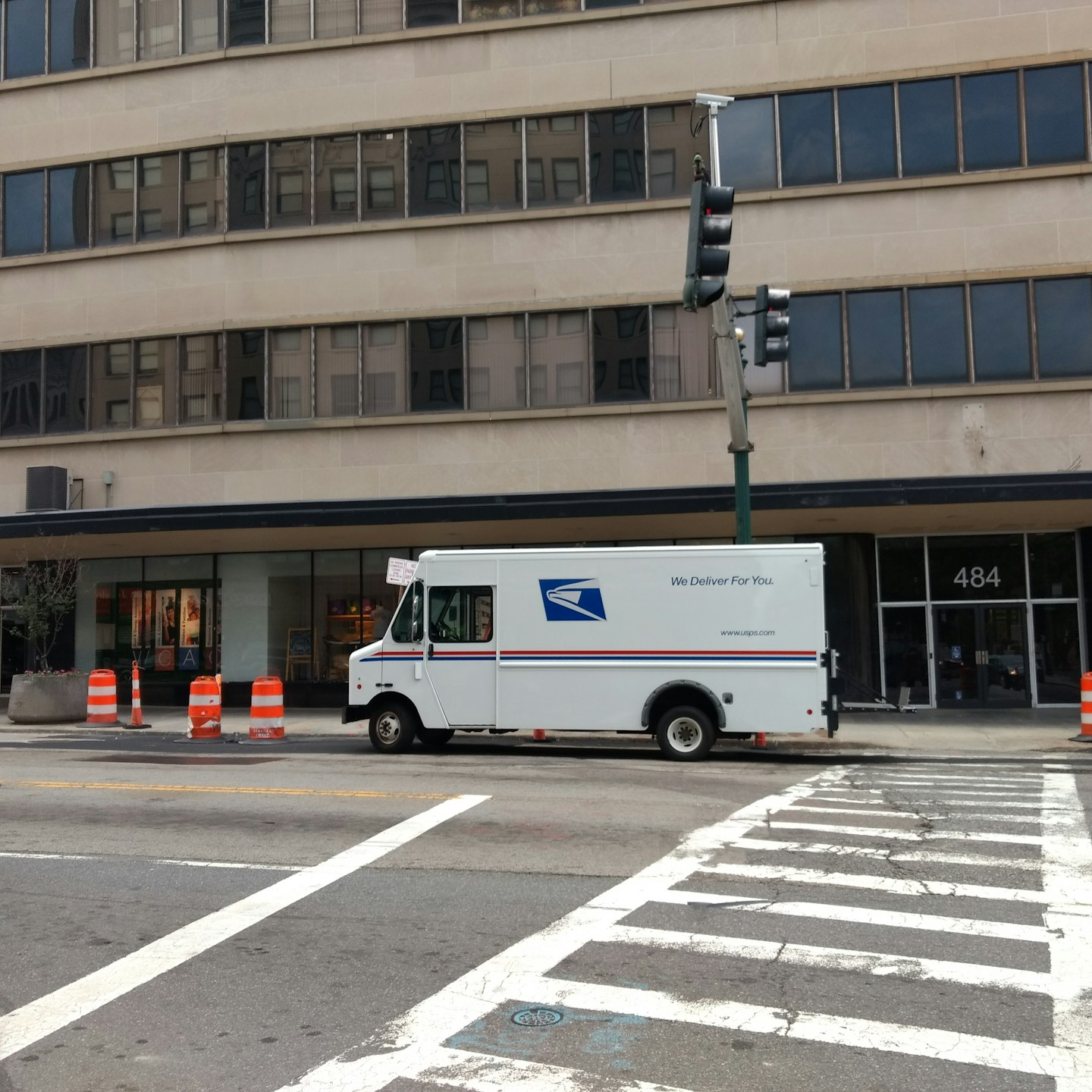Key Takeaways:
-
Medicare Part B integrates seamlessly with the Postal Service Health Benefits (PSHB) program, offering better cost-sharing and expanded health coverage for eligible Postal workers and annuitants.
-
Enrolling in Medicare Part B can help you unlock additional PSHB benefits like waived deductibles, lower copayments, and reduced out-of-pocket expenses for prescription drugs.
Why Medicare Part B Matters for PSHB Enrollees
As a Postal worker or annuitant enrolled in the Postal Service Health Benefits (PSHB) program, understanding the role of Medicare Part B in your healthcare strategy is essential. Medicare Part B, which covers outpatient services, preventive care, and durable medical equipment, becomes a powerful complement to your PSHB plan, especially once you reach Medicare eligibility at age 65. Let’s break down how Medicare Part B works alongside PSHB and why opting in might be one of the best decisions for your health and wallet.
The Basics of Medicare Part B
Medicare Part B, also known as Medical Insurance, forms a critical part of Original Medicare. It covers services and supplies that address your healthcare needs outside of hospital stays, such as:
-
Doctor visits (primary care and specialists)
-
Preventive screenings (e.g., cancer screenings, annual wellness visits)
-
Durable medical equipment (e.g., wheelchairs, walkers)
-
Mental health services (outpatient counseling and therapy)
While PSHB plans already offer substantial coverage, Medicare Part B can enhance it by filling gaps and reducing out-of-pocket expenses.
Coordinating Medicare Part B with PSHB Plans
When you enroll in Medicare Part B and maintain your PSHB plan, the two systems work together to optimize your healthcare coverage. Here’s how coordination benefits you:
-
Primary and Secondary Payer Arrangement: Medicare becomes the primary payer for covered services, while your PSHB plan acts as secondary coverage. This coordination reduces your out-of-pocket costs by covering expenses that Medicare doesn’t.
-
Lower Copayments and Deductibles: Many PSHB plans waive or reduce deductibles and copayments for enrollees with Medicare Part B, ensuring you pay less out-of-pocket for services.
-
Comprehensive Prescription Drug Coverage: Medicare-eligible PSHB enrollees automatically receive prescription drug benefits under a Medicare Part D Employer Group Waiver Plan (EGWP). Having Part B ensures seamless integration of these benefits.
Financial Considerations: Premiums and Savings
Medicare Part B requires a monthly premium, which is adjusted based on your income. For 2025, the standard premium is $185, with higher-income individuals paying more due to Income-Related Monthly Adjustment Amounts (IRMAA). Despite this cost, the savings you’ll enjoy through enhanced PSHB benefits often outweigh the expense.
Here’s why the premium is worth it:
-
Reduced Out-of-Pocket Expenses: By acting as the primary payer, Medicare Part B minimizes your out-of-pocket costs for doctor visits, outpatient procedures, and other services.
-
Avoiding Late Enrollment Penalties: Enrolling when first eligible (at age 65) prevents penalties that increase your premium by 10% for each year you delay enrollment.
Navigating Enrollment: What You Need to Know
Postal workers and annuitants who are Medicare-eligible must pay attention to timelines to ensure uninterrupted coverage.
Key Enrollment Periods:
-
Initial Enrollment Period (IEP): A seven-month window that begins three months before your 65th birthday, includes your birth month, and extends three months after.
-
General Enrollment Period (GEP): Runs from January 1 to March 31 annually, with coverage starting July 1 for those who missed their IEP.
-
Special Enrollment Period (SEP): Available if you’re still working past 65 and covered by an employer’s group health plan. You have eight months after leaving employment to enroll without penalties.
Important Tip:
To maintain PSHB coverage as a retiree, enrolling in Medicare Part B is a requirement unless you’re exempt (e.g., retired on or before January 1, 2025). Ensure timely enrollment to avoid disruptions.
Maximizing Your Benefits with Medicare Part B
By combining Medicare Part B with your PSHB plan, you can unlock numerous benefits:
-
Access to Preventive Services: Enjoy free screenings and wellness visits, helping you stay ahead of potential health issues.
-
Broader Provider Network: Medicare expands your access to providers outside your PSHB network, giving you more options for care.
-
Emergency Coverage: Medicare’s broad scope ensures you’re covered for outpatient services during emergencies, even outside your plan’s usual network.
Debunking Common Misconceptions
It’s easy to misunderstand the role of Medicare Part B when you already have PSHB coverage. Let’s address a few myths:
-
“I don’t need Medicare Part B because my PSHB plan covers everything.” While PSHB plans are comprehensive, Medicare Part B enhances coverage and reduces costs.
-
“Enrolling in Medicare is too complicated.” The process is straightforward if you follow the timelines and guidance provided by Medicare and PSHB.
Staying Informed: Reviewing Your Benefits Annually
Every year, you’ll receive an Annual Notice of Change (ANOC) from your PSHB plan. This document highlights changes in premiums, deductibles, and coverage options for the upcoming year. Reviewing it alongside Medicare updates ensures you’re aware of:
-
Adjustments in costs or benefits
-
New opportunities to save through integrated coverage
-
Changes in enrollment requirements or timelines
The Bigger Picture: Health and Financial Security
Combining Medicare Part B with your PSHB plan isn’t just about immediate savings; it’s an investment in your long-term health and financial security. By reducing unexpected healthcare costs and accessing preventive care, you’re setting yourself up for a healthier retirement with fewer financial surprises.
Making the Right Choice for Your Future
If you’re approaching Medicare eligibility or are already enrolled in PSHB, now is the time to evaluate your options. With Medicare Part B, you’re not just adding another layer of coverage—you’re enhancing your ability to manage healthcare costs, access quality care, and enjoy peace of mind.
Ready to Make the Most of Medicare and PSHB?
Understanding how Medicare Part B complements your PSHB plan is key to maximizing your healthcare benefits. By enrolling on time and coordinating your coverage, you can reduce costs and gain greater control over your health needs. Whether you’re a retiree or an active Postal worker, this partnership ensures you’re covered today and well into the future.












